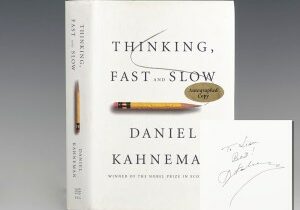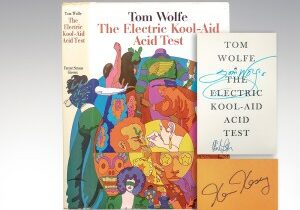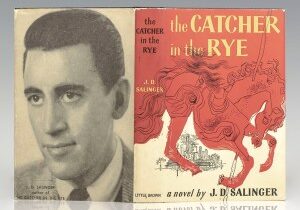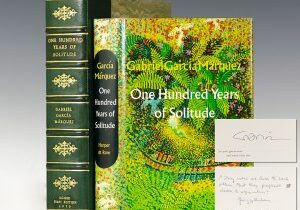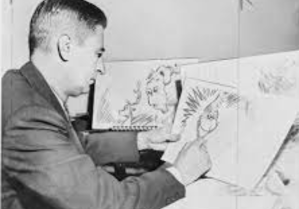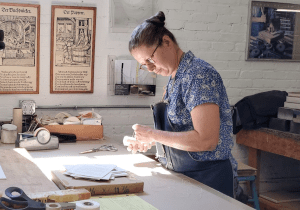 Best known for her raw and vivid portrayal of the racial struggles that defined the American south of the early 20th century, African-American novelist Zora Neale Hurston’s work now holds a unique place in the canon of American literature, despite the fact that much of her work went unrecognized during her lifetime.
Best known for her raw and vivid portrayal of the racial struggles that defined the American south of the early 20th century, African-American novelist Zora Neale Hurston’s work now holds a unique place in the canon of American literature, despite the fact that much of her work went unrecognized during her lifetime.
Born one of eight children to a Baptist preacher and schoolteacher in Notasulga, Alabama in 1891, Hurston’s family moved to Eatonville, Florida in 1894, one of the first exclusively African-American towns to be incorporated into the United States. The social and racial climates of these rural southern communities would become the content and inspiration for Hurston’s later major literary works.
Hurston experienced a few early literary successes as a high school and college student and and was offered a scholarship to Barnard College of Columbia University in 1925 where she was the college’s sole African-American student.
At Columbia, Hurston became friends with Langston Hughes and Countee Cullen and published a number of short stories in some of the major anthologies embodying the work of the central figures of the Harlem Renaissance including The New Negro and The Best Short Stories by Negro Writers.
Much of Hurston’s work was criticized by her contemporaries for not aligning with the political motivations of the broader literary movement of the Harlem Renaissance; unlike much of the work that aimed to portray the ‘New Negro’ – a definition of the African-American by African-Americans, Hurston was criticized for exploiting the stereotype of the quaint, rural, and poorly educated African-American.

First Edition of Their Eyes Were Watching God in the rare original dust jacket
Hurston returned to Florida in the early 1930’s where she would begin work on what would become her most important contributions to American literature. Published in 1937, Their Eyes Were Watching God has come to be considered a seminal work in both African-American and Women’s Literature. The novel explores the coming of age of a young African-American woman in the racial climate of southern Florida at the turn of the 20th century. Through the retelling of the protagonist’s life (most notably the details of her three major romantic relationships), the novel not only explored an overarching theme of racism but also addressed the value or devaluing of women in relationships as well as their potential liberation.
Published in 1939 and based on the familiar story of Exodus, Hurston’s third novel Moses, Man of the Mountain blended the character of Moses portrayed in The Old Testament with the Moses of black folklore and song to create a compelling allegory of power, redemption, and faith. Narrated in a mixture of biblical rhetoric, black dialect, and colloquial English, the story unfolds with great humor, passion, and psychological insight.
In her final published novel, Seraph on the Suwanee (1948), Hurston explored new territory with a story featuring white characters in poor rural Florida (after her publisher rejected two novels about black characters).
Full of insights into the nature of love, attraction, faith, and loyalty, the story follows young Arvay Henson, convinced she will never find true happiness, as she defends herself from unwanted suitors with hysterical fits and religious fervor.
Despite the criticism and lack of recognition she received during her lifetime, Zora Neale Hurston’s body of work is now considered to embody some of the most intimate portrayals of the African-American experience at the dawn of the 20th century, receiving particular praise for the skillful and poetic use of idiomatic speech common throughout each of her unique and unforgettable stories.
Our collection currently includes the fine first editions featured above as well as a number of important works by many other writers central to the literary movement of the Harlem Renaissance including Langston Hughes, James Baldwin, and Ralph Ellison among many others.





